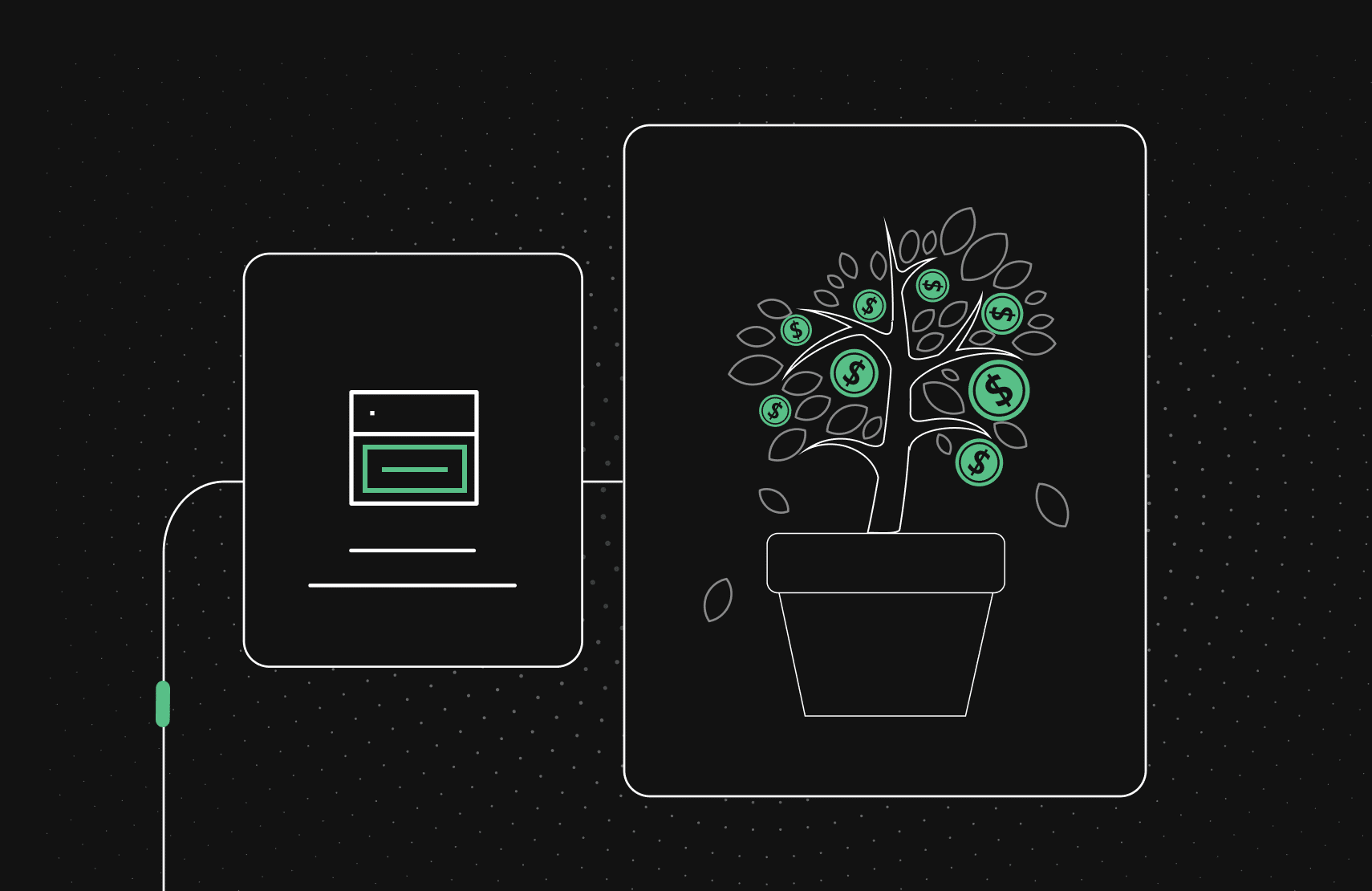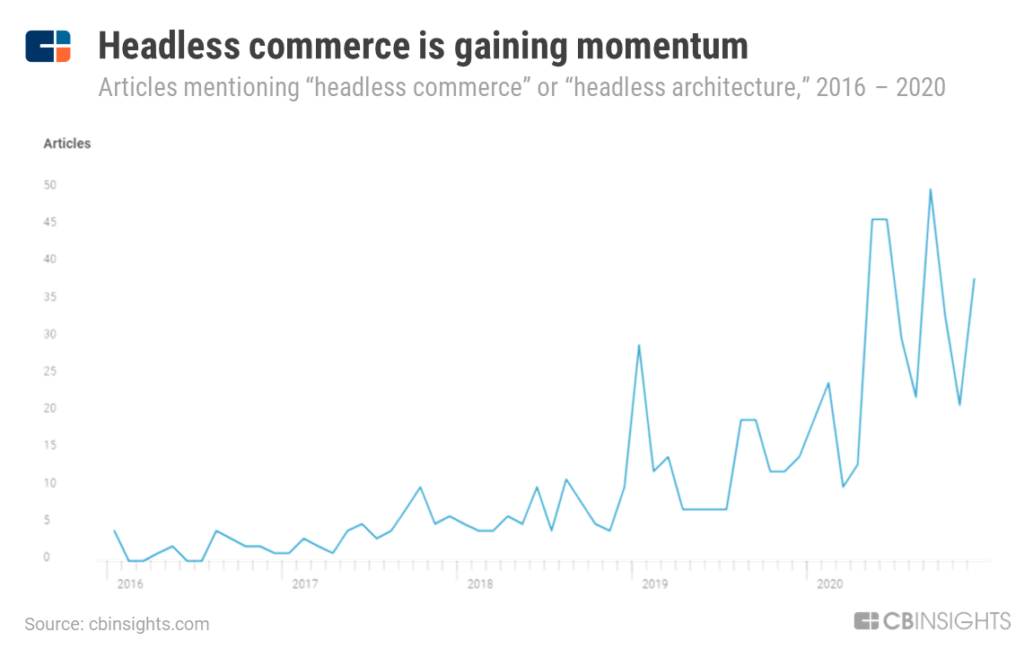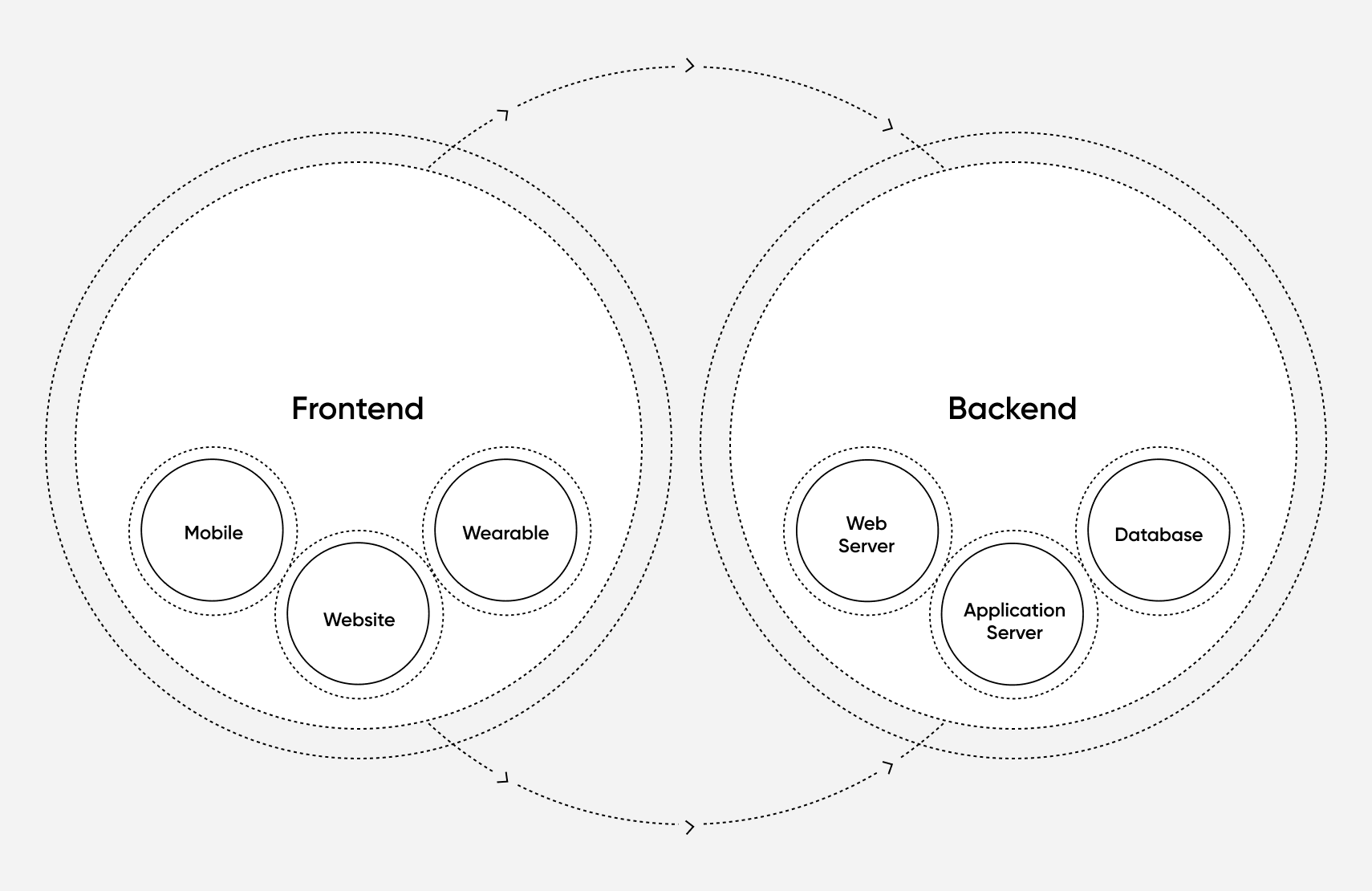Understanding B2B E-Commerce Platforms and Technology: Part 7 of 8

A wide variety of e-commerce platform solutions are available in the marketplace. As a starting point, B2B companies may consider headless and composable e-commerce platforms that follow MACH principles, which have emerged as alternatives to legacy monolithic e-commerce platforms.
Performing due diligence and using a systematic process with detailed requirements documentation will help you prioritize features, objectively compare platforms, and realistically define your budget.
When you’ve narrowed down your search, proceed with an RFP to objectively vet prospective providers.
Look beyond the cost of the technology itself. It is essential to capture the total cost of ownership (TCO) of implementing, maintaining, and scaling the e-commerce platform.
I am partnering with fabric this Fall season to revisit concepts in my book Billion Dollar B2B E-Commerce and reflect on how organizations approached these concepts during the height of COVID-19 that pushed more business online. This is part seven of an eight-part series.
So far, I have mostly focused the content of this series on the human side of developing and implementing e-commerce in a B2B setting. The reason for this is that, even though the technology component is essential to success, none of it matters if you do not get the human side right first by aligning it with your business objectives. After all, what good is investing thousands or millions of dollars in software if your people do not use it or your customers fail to adopt it?
That said, technology is a key foundational item for any successful e-commerce operation. Too often, I see businesses putting technology first before establishing clear business objectives and thinking about how new software tools will impact their staff, customers, vendors, and partners.
Failing to consider these factors will significantly limit your success in e-commerce. However, once the foundational components for success are in place—leadership, objective definition, understanding customer needs, return on investment models, and organizational and partner alignment—it is time to put the right technology in place, centered on selecting an e-commerce software platform.
[toc-embed headline=”Emerging Trend: Headless Commerce”]
Emerging Trend: Headless Commerce
Choosing a digital commerce platform is complex due to the wide variety of new offerings, functionality, and services available from different vendors. However, one emerging trend that has gained significant momentum is headless commerce.
According to marketing intelligence firm CB Insights, the sudden rise in e-commerce adoption (as a result of the COVID-19 pandemic and need for brands and retailers to better serve online shoppers as they scale their digital channels), has resulted in headless commerce attracting more media attention:

Headless commerce is an e-commerce software architecture where the frontend presentation layer (head) is decoupled from the backend commerce functionality (body). The head refers to different digital touchpoints including desktop, mobile, social, and other connected devices. Meanwhile, the body refers to commerce features and functions such as product catalog, inventory, shopping cart, checkout, payment, promotions and discounts, customer information, etc. The backend and frontend components communicate through an API (application programming interface) layer.
On the other hand, a monolithic software platform is a self-contained application where all components are built in a single unit. Everything from the database to the client-side user interface is interconnected and uses the same codebase. However, the growth of mobile commerce and the recent emergence of omnichannel shopping have pushed brands and retailers to move away from this rigid platform. As a result, headless commerce has emerged as a superior alternative to legacy monolithic e-commerce platforms.
For B2B companies, switching to a headless architecture enables far greater flexibility in terms of the delivery of content and experiences. This route is popular for firms that already have a solid, well-developed content management platform in place and seek to add complex e-commerce functionality to their existing website.
Because the content and transactional functionalities are managed separately, firms can easily experiment with new forms of digital commerce. Below is an illustration of some of the different components in a headless commerce architecture:

[toc-embed headline=”The Rise of Composable Commerce and MACH Architecture”]
The Rise of Composable Commerce and MACH Architecture
Another emerging trend is composable commerce. Composable commerce lets companies pick and choose different best-of-breed commerce capabilities to customize their technology stack in a way that best suits their business needs.
By leveraging the MACH architecture─Microservices-based, API-first, Cloud-native software-as-a-service (Saas), and Headless─today’s modern vendors can support a composable enterprise in which every component is pluggable, scalable, replaceable, and can be continuously improved through development.
Formed in June 2020, the MACH Alliance is a non-profit organization whose mission is to introduce a new, open, and best-of-breed enterprise technology ecosystem. For B2B businesses looking to build their next-gen e-commerce tech stack, members of the MACH alliance are a great place to start, as they include vendors who embrace MACH philosophies, offer MACH-certified services, and meet the Alliance’s certification standards.
How to Choose an E-Commerce Platform
It is important to conduct the necessary due diligence before selecting an e-commerce platform. Rushing to a platform decision without taking time to understand your current technology environment fully and documenting what you need the new system to accomplish can be disastrous.
Taking the plunge into e-commerce for the first time is a highly time-consuming process and requires considerable organizational effort across functional areas. It also takes time away from running and growing the day-to-day business. Because so much is at stake, it is imperative to choose the right platform the first time; it has to be one you can live with for ten years or longer.
The only way you can ensure this is done correctly is by extensively documenting your technical and business requirements, overall digital commerce objectives, and related business and technical components. You will need to include features, workflows, pricing, contract support, flexibility, and integrations.
Because e-commerce solutions contain a particular set of features and functionalities tied to front-end digital experiences and back-end processes, many companies hire consultants or agencies who are experts in the space to help with the selection process. Yes, it costs money and will add some time to the process. However, the return on investment and risk reduction from conducting a thorough, expert-driven process the first time makes it worth the upfront cost.
Here is a clear process that I have developed over the course of conducting more than three dozen platform selections for B2B and B2C companies, and I highly recommend following it:

Billion Dollar B2B E-Commerce, Chapter 9, Page 246-248, First Edition
Dive Deeper with a Request for Proposal (RFP) Process
An e-commerce request for proposal (RFP) is a type of subcontracting document used in a B2B platform selection process. It is sent to potential e-commerce vendors to formally announce the bidding process, state initial terms, and provide a list of the required functionality. It allows management to evaluate and compare the B2B e-commerce capabilities of the platforms that have made the shortlist of potential solutions (which would typically consist of five to seven providers).
An RFP is an excellent opportunity to collect information from various vendors to help with the vetting process in an objective way. It should incorporate the requirements collected earlier and provide important context, like your overall business objectives, systems environment, deployment preferences, internal technical, marketing, merchandising, and other personnel available to work with the platform provider. You can also take this opportunity to assess qualitative factors such as cultural fit, market focus, strategic roadmap alignment, overall solution flexibility, resource availability, company stability, and other characteristics.
Whether you’re launching a B2B e-commerce operation for the first time or you are looking to re-platform your existing website, the RFP is essential for helping to find the vendor that is best suited for your specific business needs.
Another important thing to consider is the total cost of ownership (TCO) of an e-commerce operation. This calculation looks beyond the upfront numbers and incorporates the additional costs of implementing, maintaining, and scaling e-commerce solutions, including integration, development and creative work, software licenses, hosting, and other third-party software costs that may be incorporated into the solution.
There are internal expenses for managing and developing the platform also to consider, including costs of maintaining integrations with your legacy software systems. Companies should request a quote that reflects at least three years, so you can estimate the total long-term budget needed to deploy and operate.

B2B e-commerce expert and author of Billion Dollar B2B E-Commerce.